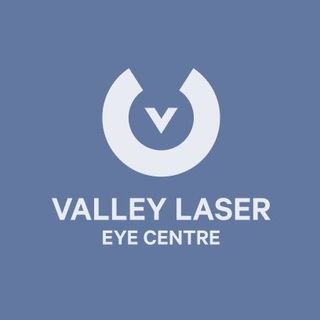Myopia is a common eye health condition that is characterized by blurred distance vision. It is also known as short-sightedness. It usually starts during childhood and can progress until the child stops growing.
Myopia is a condition where one cannot see things far away clearly. It is often progressive and worsens over time, leading to extreme Myopia or other eye problems later in life.
As a parent, you must know the early warning signs of Myopia to look out for and what you can do if your child has Myopia:
Early Warning Signs of Myopia
Parents should be aware of several early warning signs of Myopia. If your child is having challenges seeing the blackboard or TV clearly, or if they are squinting or rubbing their eyes frequently, these could be signs of Myopia. Your child may also complain of headaches or eye strain.
If you are noticing any of the early signs mentioned, you should take your child to an eye doctor for an evaluation. Myopia is usually diagnosed with a comprehensive eye exam. The doctor will assess your child’s vision and perform tests to determine the severity of the Myopia. Treatment for Myopia typically involves prescribing corrective lenses, such as eyeglasses or contact lenses. In some cases, Myopia can be treated with refractive surgery.
How to Manage Myopia in Kids
Parents will do everything to ensure their children have a healthy vision. So, it’s no surprise that parents wonder if there’s anything they can do to prevent Myopia, or nearsightedness, in their kids.
There is some evidence that certain lifestyle choices may help reduce the risk of Myopia or at least slow its progression. Here are things you can do to manage your child’s Myopia:
1. Encourage your child to spend time outdoors: Research suggests that time spent outdoors may help reduce the risk of Myopia. One theory is that bright light can stimulate the release of dopamine, which helps to regulate eye growth.
2. Ensure that your child gets enough vitamin D: Vitamin D is important for many aspects of health, including vision. Insufficient vitamin D has been linked to an increased risk of Myopia.
3. Limit screen time: Too much time spent staring at screens can lead to eye fatigue and strain, which may contribute to the development of Myopia. Try to limit your child’s screen time to no more than two hours per day.
4. Encourage your child to blink: Blinking helps to lubricate the eyes and prevents them from becoming dry and irritated. Remind your child to blink often, especially when staring at a screen.
5. Have your child’s eyes checked regularly: It’s important to have your child’s eyes checked by an experienced eye doctor at least once a year. This will help catch any vision problems early and ensure they get the treatment they need.
Conclusion
Myopia in children is a growing problem worldwide. Early onset myopia is a risk factor for more extreme Myopia later in life, leading to serious eye problems. That’s why your child’s eyesight needs to be checked regularly so the doctor can assess their eye health and catch problems like Myopia early on.
Valley Laser Eye Centre is where you can get the services of a reputable ophthalmologist in Abbotsford who can check your child’s eyesight. Schedule an appointment with Valley Laser Eye Centre today!





